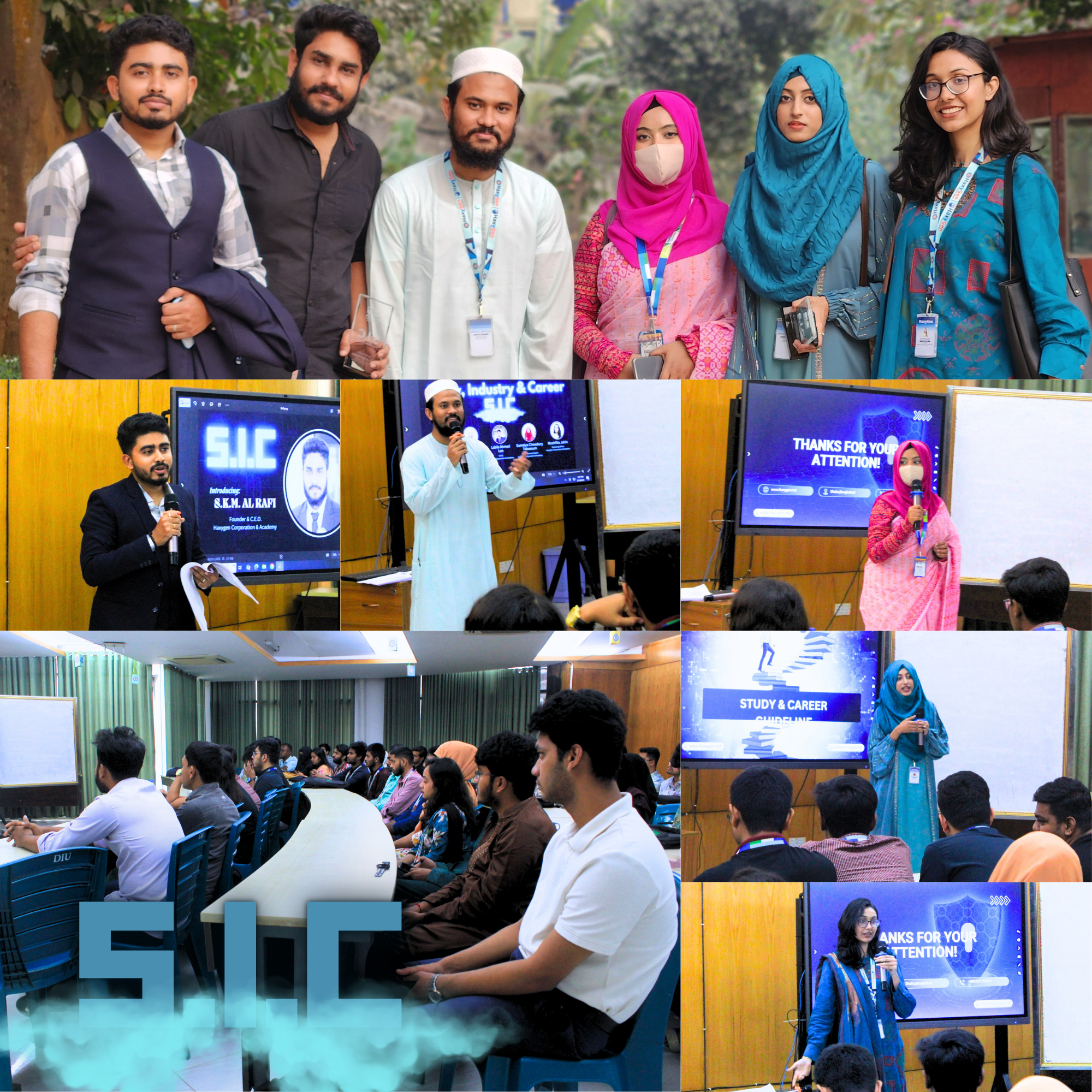The Rise of Zoho Corporation: A Global SaaS Powerhouse from India
Prepared By:
Research & Communication Division
HaxyGen Corporation & Academy
Date of Publication: April 22, 2025
www.haxygen.net
1. Executive Summary
Zoho Corporation, a privately held Indian software company, is a prominent example of how bootstrapped, product-first startups can compete on the global stage. Founded in 1996, Zoho has grown from modest beginnings into one of the world’s most diversified SaaS (Software-as-a-Service) providers with over 100 million users across 150+ countries.
This case study outlines Zoho’s journey, beginning from its inception to its current stature, highlighting its marketing strategy, financial management, product development, and its potential trajectory in the coming years.
2. How the Company Started Its Journey
Zoho Corporation was founded in 1996 by Sridhar Vembu and Tony Thomas in Pleasanton, California, originally under the name AdventNet Inc. The company’s first focus was on providing network management software to telecom equipment vendors.
From its earliest days, Zoho was centered on product development. Sridhar Vembu, a Princeton graduate and former Qualcomm engineer, believed that the Indian talent pool had the capability to build world-class software — and he was determined to prove it.
3. Early Stage & Foundational Years
In the late 1990s and early 2000s, AdventNet operated with a small team and modest resources. Some key features of its early condition were:
3.1 Product Development
- The first product lines were network management tools for hardware vendors.
- The engineering team operated primarily out of Chennai, India, ensuring low operational costs.
- The company focused intensely on product stability and customer feedback.
3.2 Marketing Strategy
- Initially, marketing efforts were minimal and mostly word-of-mouth.
- The team relied on direct sales and free trials.
- No venture capital funding was raised — the company grew organically through customer revenue.
3.3 Financial Condition
- Entirely bootstrapped from the beginning.
- Profits were reinvested directly into R&D and team expansion.
- The company maintained a lean cost structure with a frugal, sustainable growth model.
4. Path to Growth and Expansion
By 2005, the company pivoted towards the SaaS model, launching Zoho CRM as its first cloud-based business product. Recognizing the growing demand for affordable business applications, Zoho expanded rapidly:
4.1 Strategic Milestones
- 2005–2010: Introduction of a full suite of online office tools, including Zoho Writer, Sheet, and Show.
- 2010–2015: Launch of Zoho Mail, Zoho Books, and Zoho Projects.
- 2016–2020: The development of Zoho One – an all-in-one business operating system.
4.2 Marketing & Branding
- Emphasis on product-led growth and direct user experience.
- Free-tier offerings brought in millions of small businesses and freelancers.
- Aggressive pricing undercut international competitors like Salesforce and Microsoft.
4.3 Global Outreach
- Despite being headquartered in the U.S., the company transitioned its core operations to India.
- Expansion into UAE, Japan, Singapore, and Mexico with localized teams.
- Built a unique brand identity by staying away from mainstream Silicon Valley culture.
5. Present-Day Status (2025)
Today, Zoho is considered one of the most successful SaaS companies globally that has never taken a dollar of external investment.
| Attribute | Current Status (2025) |
|---|---|
| Headquarters | Chennai, Tamil Nadu, India |
| CEO | Sridhar Vembu |
| Employees | 15,000+ |
| Revenue Estimate | $1 Billion+ (Privately Held) |
| Users | 100 Million+ |
| Product Portfolio | 55+ Applications across business domains |
| Global Offices | 12+ |
| Infrastructure | Proprietary Data Centers (Privacy-first) |
Zoho continues to differentiate itself by building its own technology stack from the ground up — including databases, servers, and data centers — a rarity in the modern SaaS world.
6. Vision for the Future
Zoho’s future strategy appears to be both philosophical and technological:
6.1 Rural Empowerment Model
- The company is actively building rural offices and tech parks in Tier-2 and Tier-3 cities of India.
- Sridhar Vembu advocates a “local talent, global product” vision to decentralize the tech industry.
6.2 AI & Privacy
- Investments in AI (Zia – Zoho’s AI assistant).
- Strong privacy stance — zero ad revenue model.
- Offering alternative solutions to Google Workspace and Microsoft Office 365 with better data privacy.
6.3 Education & Workforce Development
- Internal training academies for non-engineering graduates.
- Plans to develop “Zoho Schools of Learning” to nurture young talent without formal degrees.
7. Conclusion
Zoho’s story exemplifies how a software company can rise from humble origins to global recognition without external funding, flashy marketing, or dependence on venture capital. Their success demonstrates the power of disciplined product development, ethical business practices, and a long-term vision rooted in community and self-reliance.
As the digital economy matures, companies like Zoho are not just providing tools—they’re reshaping how businesses operate and how societies engage with technology.












